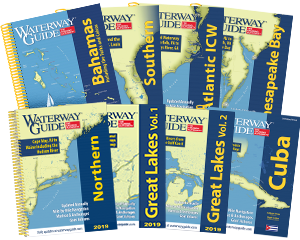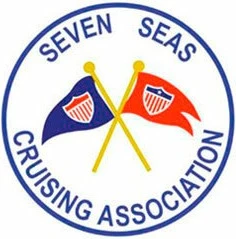
Lockwood, a professor in William & Mary's Department of Geology, has strung those data pearls together to craft a set of suggestions for the re-oystering of today's Chesapeake Bay. She discussed her findings in Boston on Feb. 17 at the Annual Meeting of the American Association for the Advancement of Science, the world's largest general scientific society.
The presentation, "Oysters Past and Present, and the Future of the Chesapeake Bay," drew on the study of more than 4,000 fossil oysters that lived between 80,000 and 500,000 years ago. The work is an example of an emerging subdiscipline known as conservation paleontology.
"Conservation paleontology is just like conservation biology, only with older stuff," Lockwood explained. "The idea is to use the fossil record, the archaeological record—maybe even the historical record—to help us restore biodiversity, to understand why some organisms and populations are currently struggling."
In situations such as oyster restoration in the Chesapeake Bay, a conservation paleontology approach is necessary to establish a true baseline for the restoration of an ecosystem. Lockwood said that most ecological managers establish baselines based on what the Chesapeake looked like 100 or 200 years ago.
A better baseline
"As a paleontologist, that's way too young for me," she said. "I want to understand what the Bay was like before humans started having an impact, maybe 10,000 years ago. I want to look back and see how the ecosystems functioned for thousands and tens of thousands of years. And I want to see how the ecosystem responded naturally to things like climate change and sea-level rise."
Read the full story.











